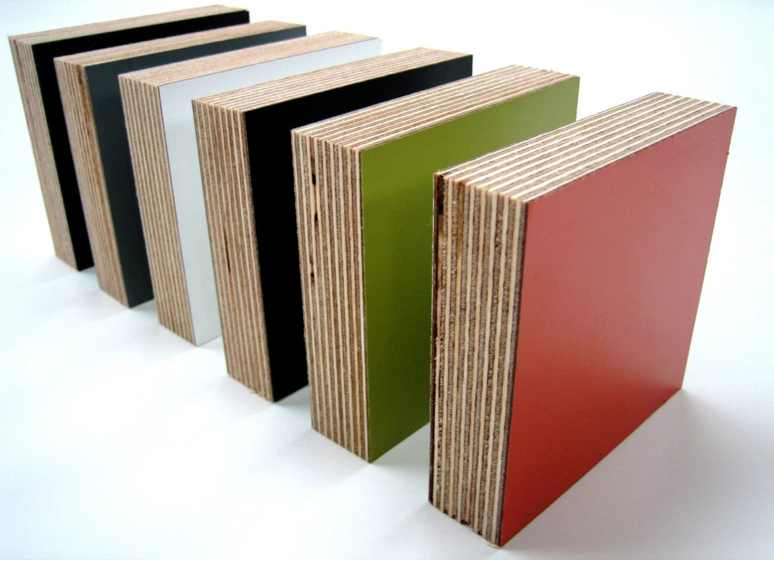Around the country, several industries use pallets as a core component of their daily business. Distribution centers, sheds, retail warehouses, and several other places use these resources to make their company function. With each of these places, you’ll see several racking systems for the pallets.
If you were to examine each of these systems, you’d find that they’re not identical. Instead, you’d see that various industries use several pallet racking types.
Pallet racking is an essential system for keeping the business organized and clean. If you’re not sure what pallet rack shelving is most efficient for you, check out our guide to pallet racking types below!
Pallet Racking Types: Selective Racks
Selective pallet racks are among the most popular pallet rack shelving systems in the industry. They provide an affordable design and a significant selection of sizes that your warehouse can configure to suit your system.
These systems help remove pallets from the warehouse floor and store them in a pallet rack shelving system. In doing so, they provide ready accessibility to store and unload pallets. Using these systems allows you to utilize your warehouse floor space, giving your workers clear paths to walk through.
As a result, your workers can maximize their efficiency without stumbling over equipment. It also helps keep them safe by keeping their paths free from objects to trip or fall over.
Drive-in Pallet Racking
One of the disadvantages of selective racks is the amount of floor space they consume. Unfortunately, despite their efficiency in many ways, they waste significant floor space. In answer to this, many companies opt for drive-in pallet racking systems.
These systems eliminate the need for aisles in your warehouses, giving workers much more room to navigate. These shelves allow forklifts to drive in, offering top-level density storage, allowing you to store pallets in lines several positions deep.
How does it work? A forklift enters the rack from one side to load your pallet to the back of the rack. Next, the system loads the pallets from front to back, giving the system more depth and storage space.
If your system has limited SKUs or fragile products you can’t stack, these systems are excellent for you. They are also a cost-effective solution.
Push Back Pallet Racking Systems
These systems have high-density storage that can load pallets from the front. From there, a nested cart system that slides on inclined rails. After this, you can put more pallets onto the rails and push them deeper into the racking.
These systems provide top-quality solutions for companies with many product lines or SKUs. It eliminates the need for maintenance and offers higher levels of selectivity.
The primary disadvantage of these systems is their greater expense and higher service costs for maintenance. If you’re interested in how these systems operate, have a look at how they work.
Find Your Pallet Racking System Today
With this understanding of pallet racking types, you can find the system that works best for you. So, don’t hesitate; check out pallet racking solutions today!
We hope this article was helpful! If so, check out our other content today.










